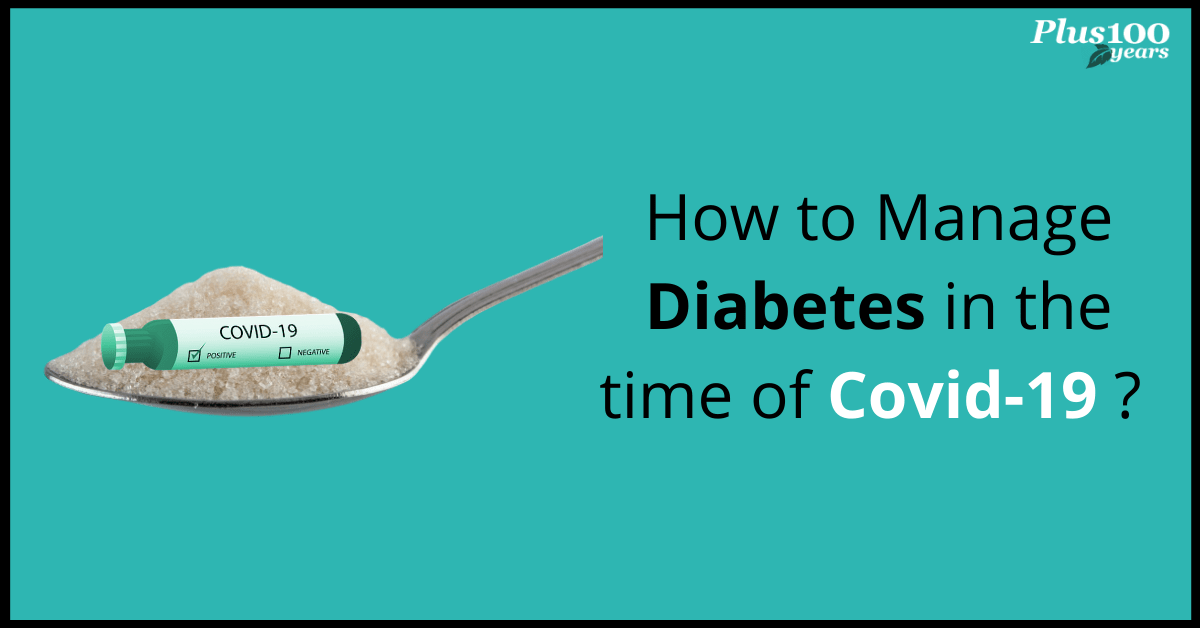
Author Bio:
Tracy Rairigh is a medical writer with a Writing in the Sciences Certificate from the University of Stanford Medical. With over 150 published articles in health and wellness and a degree in Engineering, she has a vast array of knowledge to pull from.
Managing diabetes was never easy. Social distancing adds another layer to the challenge since gyms are closed and many diabetics have found it harder to stick to a diet regimen.
But if you’re recovering from a diabetic wound, or are at risk for a diabetic foot ulcer, your exercise regimen and diet need special attention.
It’s time to get creative and find new ways to follow your doctor’s plan for keeping diabetes symptoms in check.
The Challenge
Doctors encourage diabetics to maintain a healthy weight, but according to anecdotal evidence, stay-at-home orders have created the perfect conditions for weight gain.
It’s not just because gyms are closed — with fewer places to go, it stands to reason that most of us are moving quite a bit less.
Add to that the fact that many of us a snack to relieve boredom, and it’s easy to see why so many of us have reported putting on the “COVID 15.”
Unfortunately, weight gain is associated with a number of negative outcomes for elderly patients with diabetes, not the least of which are diabetic foot ulcers.
Increased weight means more pressure placed on the feet, and pressure is one of the aggravating factors for developing diabetic foot ulcers.
Anyone with diabetes (type 1 or type 2) can develop diabetic foot ulcers, but the risk is especially high for patients who have had foot ulcers in the past. It’s important to get regular screenings for ulcers, as many ulcers remain asymptomatic for quite some time.
What Type of Foods is Best for Managing Diabetes Symptoms?
Diabetic seniors need to eat well to manage their diabetes and to facilitate the healing process in patients who have already developed ulcers.
Some seniors struggle to maintain their appetites — if that’s the case, it’s even more important that they make sure every bite counts.
● Wound healing relies on protein reserves, so patients with diabetic foot ulcers should be sure to eat plenty of fish, meat, eggs, beans, and tofu.
This also works alongside the general recommendation that people with diabetes eat low-sugar, low-carbohydrate diets.
● Many studies suggest that Mediterranean diets are best for managing diabetes symptoms.
These diets include plenty of fresh produce, fish, olive oil, and nuts, along with moderate wine and dairy. Mediterranean diets are also low in red meat, sugar, and cream.
● There are a variety of micronutrients and vitamin supplements that patients might find beneficial, especially if they have ever suffered from a diabetic wound.
Wound healing is a complex process that relies on micronutrients and vitamins, and patients who struggle with diet deficiencies should consider adding Vitamin A, B, C, D, and zinc to their diet.
Additionally, a spice called curcumin (which occurs naturally in turmeric) has been shown to help with collagen synthesis, a crucial stage of wound healing.
What Else Can I Do?
Patients who smoke have never had more reasons to quit their smoking habit. According to the World Health Organization, smoking impairs the body’s ability to “fight off coronaviruses and other diseases.”
Also, tobacco increases the risk of stroke, which is already a danger for patients with diabetes.
Exercise helps people with diabetes manage their symptoms, especially when it comes to blood glucose and hyperglycemia.
Of course, for patients with chronic wounds (or who are at risk of developing diabetic foot ulcers), certain forms of exercise pose a risk.
But the benefits of exercise are too great to ignore, and diabetics should do everything they can to get in a good workout without putting their foot health at risk.
Offloading, or wearing special footwear to prevent too much pressure on the foot, is something that diabetic patients should review with their podiatrists.
Hate cardio? That’s ok! Studies have shown that the benefits of resistance training and cardio are probably equally effective, so choose whatever workout feels best to you, whether that’s at-home Jazzercise or weight lifting.
For Diabetic patients, many organizations are offering caregiver services, they provide caregiver resources including treatment and accommodation
YouTube is a great resource for at-home workouts, and you can find plenty of fun, beginner-friendly exercise routines with a simple search.
What matters most is that you pick something you can do consistently, and hopefully with (at least a little!) enthusiasm.
Add new comment